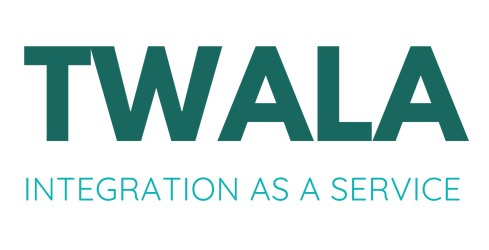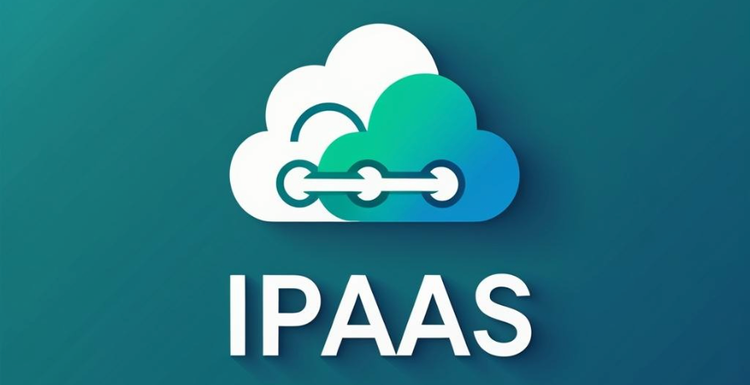A - B and some times C

Data integration, often described as a process from point A to point B (and sometimes involving a point C), focuses on seamlessly connecting disparate data sources to deliver efficient, effective, and usable data at the destination, precisely when and how it's needed. Despite variations in the journey, the core principles and needs remain consistent: ensuring data is unified, accessible, and actionable.
Core Needs of Data Integration
The essence of data integration lies in addressing these fundamental requirements:
- Unified Data Access: Combining data from multiple sources (databases, APIs, cloud systems) into a single, cohesive view.
- Data Quality and Consistency: Ensuring accuracy, completeness, and standardization of data during the integration process.
- Scalability and Flexibility: Handling growing data volumes and adapting to new sources or formats (e.g., the "sometimes C" scenario, where additional sources or transformations are involved).
- Timeliness: Delivering data in real-time or on a schedule, depending on the use case.
- Security and Compliance: Protecting data during transfer and ensuring adherence to regulations like GDPR or HIPAA.
The A-to-B (and Sometimes C) Process
Data integration typically follows a path from source (A) to destination (B), with an occasional intermediary or additional source (C) that might involve extra steps like transformation or enrichment. For example:
- A to B: Extracting data from a CRM system (A) and loading it into a data warehouse (B) for analysis.
- Sometimes C: Incorporating a third source (C), like social media data, which requires additional processing (e.g., sentiment analysis) before integration into the warehouse.
The process often involves:
- Extraction: Pulling data from various sources (A, sometimes C).
- Transformation: Cleaning, normalizing, and enriching the data to meet the destination's requirements.
- Loading: Delivering the transformed data to the target system (B) in a usable format.
Outcomes: Efficient and Effective Usable Data
The goal is to ensure the data at the destination is:
- Efficient: Delivered with minimal latency, using optimized processes that reduce resource consumption. Modern cloud-based solutions often streamline this by leveraging distributed systems.
- Effective: High-quality, reliable, and ready for analysis or operational use, enabling better decision-making.
- Usable When and How Needed: Available in the right format (e.g., through visualizations or APIs) and at the right time (real-time or batch), tailored to the user’s needs.
In essence, while the path of data integration may vary (A to B, or A to C to B), the core focus remains on delivering high-quality, usable data efficiently and effectively, meeting the user’s needs at the destination.



